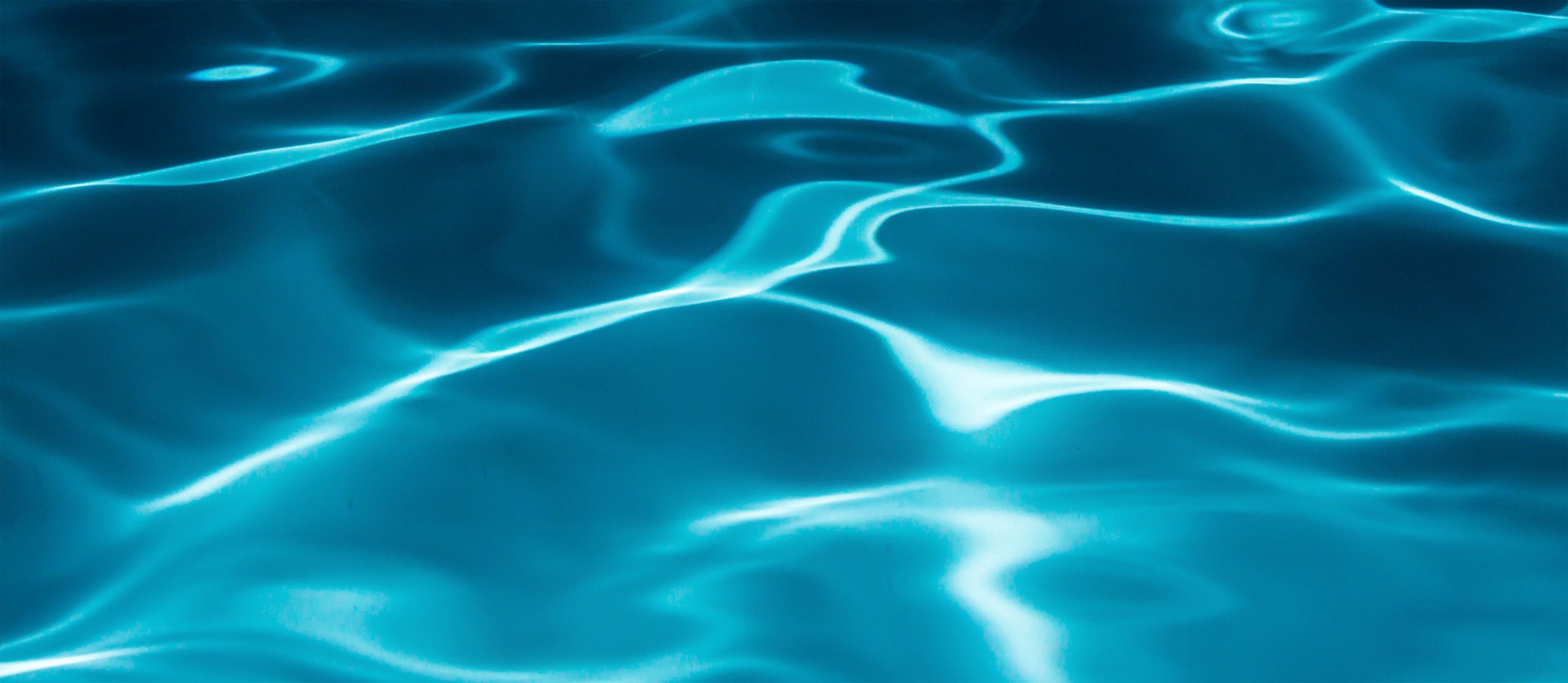Tips for swimming the butterfly and freestyle strokes
- April 26, 2013
- Pool Industry News and Tips,
When your San Diego pool remodeling project is finished and your pool is ready to use, you’ll probably be eager to get swimming again in the clear, cool water. But if you’re still relying on the doggie paddle to get from one side of the pool to the other, you’re missing out! The different types of swimming strokes not only make it easier and faster to get around in your pool, but they give you better exercise and make swimming more fun! Have you ever tried the butterfly or freestyle?
Butterfly stroke
This stroke is a lot easier for people who have already practiced a few different types of strokes, as it’s a bit difficult to grasp without mastering the basic fundamentals first. But if you already know how to do harder strokes like the breaststroke, then you’re good to go! As MedicineNet.com describes, the butterfly is basically a combination of mermaid-like leg movements, wide butterfly-like arm movements and undulating torso movements that are similar to an earthworm’s. Sound weird enough yet?
To get your leg movements down, put your legs together and bend your knees slightly, then quickly thrust your feet downward and straighten your knees. You’ll be doing two of these kicks for every movement you make with your arms. To do the arm movements, put your arms out straight in front of you with your hands cupped. Pull through the water with your palms facing away from you and swing your arms down and back. Raise them up over your head and back down to complete the movement. It may take some practice, but once you get it, the stroke will start to feel more natural.
Freestyle stroke
In freestyle swimming events, swimmers can use any type of swimming stroke they want, but most use the freestyle stroke, also referred to as the crawl, notes USA Swimming. It’s pretty simple to figure out, as it feels natural to most people. All it takes is a flutter kick, which is simply quick, alternating kicks, and windmill-like arm movements.
Start out by positioning yourself belly-down in the pool with your knees slightly bent. Relax your ankles and feet so they’re more like flippers, then practice kicking them one after another. Now move your arms in an alternating windmill motion, taking care to use the same strength on each side so you don’t turn in one direction. As each arm comes out of the water, turn your head in the opposite direction to take a breath.
After a few weekends spent mastering these strokes, you’ll be able to take full advantage of your new salt system!


